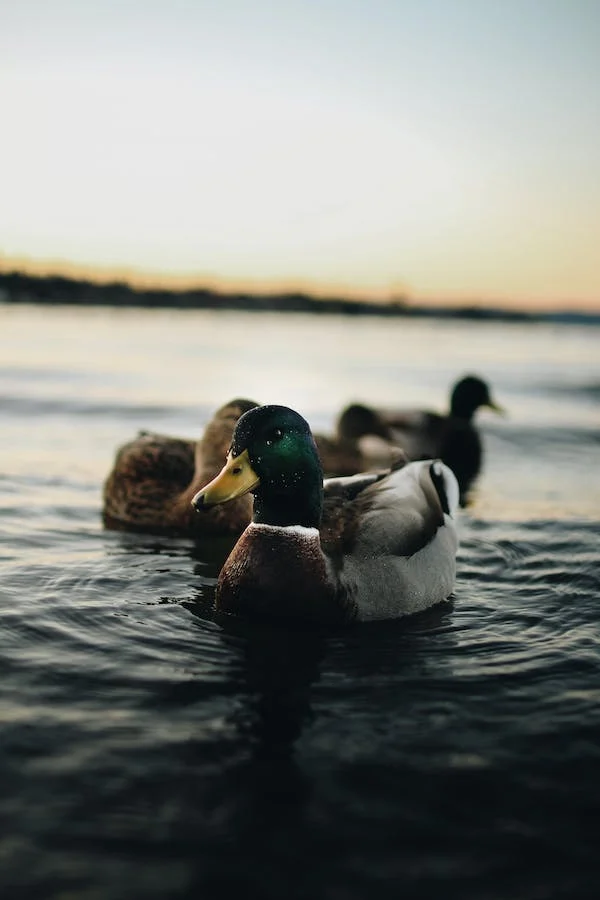Animals sometimes walk or crawl, swim or fly. And there are some with incredible abilities like walking on water. For humans, it’s some kind of a miracle, but for these animals, it’s a basic ability. We can skip the part where you pay to write research paper and present the most incredible animals in this article.
1. Basilisk lizard
The basilisk lizard earned its moniker, the Jesus Christ lizard, because of its amazing ability to run on water. These reptiles are abundant in the tropical rainforests of Central America. They spend much of their time in trees near a body of water. When threatened by a predator, a basilisk lizard can jump from its treetop home and sprint for up to 15 feet or more across the river or pond. It can run for about five feet per second on top of the water with the help of its long toes from its hind legs with skin fringes that, when slapped against the water, form an air pocket that keeps it from sinking as long as it runs fast. When it sinks, the lizard continues its flight by swimming.
2. Water strider
Water striders belong to the Gerridae family of insects that are distinguished by their ability to walk on water. There are more than 340 species of this insect that is also known as water skippers, pond skaters, and Jesus bugs. These bugs use their long legs to equally distribute their weight using surface tension to remain above the water. They “row” by sweeping their middle pair of legs backward and by steering their back legs, they create swirls beneath the water’s surface that propel them. Their legs are coated in a layer of waxy hairs, making them water repellent.
3. Grebes
Clark’s and Western grebes spend almost most of their lives in the water. These birds have short wings and sturdy legs that are positioned to the back of their body, making them clumsy walkers on land, but they are great swimmers and divers. Grebes are one of the largest animals which are able to run on water – typically doing so only when mating. During their mating ritual, which is known as rushing, the couples run together while flapping their wings nonstop, and remain floating by slapping their feet on the water. With their bodies out of the water, both birds run across the water’s surface side by side in unison for up to 30 feet, taking as many as 22 steps a second. Grebes’ feet are lobed, not webbed, so they can stay floating in the water.
4. Pygmy geckos
Having a length of less than one and a half inches, the pygmy gecko can float and have the ability to walk along the surface of water effortlessly. These reptiles have a water-repellent skin that keeps them from breaking the surface tension while on water and can rest on the surface like a water strider and a fishing spider. Pygmy geckos are prone to drown even in shallow waters because of their tiny size, and scientists believe that they have evolved to have this kind of ability.
5. Fishing spiders
Fishing spiders are called as such because they feed on small animals on the water, such as minnows, tadpoles, and small frogs. Typically, they live on edges of ponds and streams, so they can hunt their prey easily. Like most animals that can walk on water, they have water-repellent hairs to keep them afloat. They move like the water striders during calm situations, but when they are on the rush to catch a prey or to run away from predators, they sort of bounce along the water’s surface, galloping.
6. Storm-petrel
Storm-petrels do not actually “walk” on the water – it hovers close to the surface and moves its feet along the water, making it seem like they can walk on it. The name petrel is a form of Peter, an apostle depicted as walking on water in the Bible. Their legs are weak and unstable on land, so they are unable to take more than a couple of steps at a time.
7. Dolphins
These adorable mammals just got more interesting because they can be able to “walk” on water sometimes. Dolphins can dance above the surface of the water using their tails, and this behavior is called tail walking. Most of these creatures that can do that trick are bottlenose dolphins that are trained and in captivity. Wild dolphins don’t typically do this unless they learn the ability from another dolphin. Marine scientists observed that Billie, the dolphin who learned how to tail-walk while in a rehabilitation facility in Australia, taught other wild dolphins of this ability after her release.
8. Mosquitoes
Mosquitoes might be annoying, troublesome pests, but they are pretty talented because they can walk both on walls and on the water. These insects lay and hatch their eggs on the surface and are able to stay afloat because of the grooves in their legs that contain pockets of air. The surface tension makes it hard for the water to get into the grooves, keeping the mosquitoes dry and safe from drowning.


